I am currently trying to understand how the MVC framework does work in PHP. Therefore, I have created this basic sketch of how I think that MVC is implemented in PHP:

[I know that some steps are missing, e.g. how the Routerparses the route in order to know what View and Controller to load, but these steps are rather technical based and are not important in order to understand the general flow of MVC in PHP.]
I draw my understanding of MVC in PHP from this article series. However, I think that this structure will differ from most of the structures people think off, when they talk about MVC in PHP, because of this article (The article basically states that not only the Controller but also the View does communicate with the Model).
What I'd like to ask you now are several questions:
- Is this generally a
rightway of implementing MVC in PHP? - How can I add a Login/Logout-System to this approach? So that user, who are not logged in, will always see the LoginView and users who are logged in can see different views? (I know how a login system does work, but I can't figure out where to place it in the MVC, so I don't have to insert the code multiple times, e.g. in each Controller.)
- What if my application consist of multiple elements (say a user bar [with user name, link to settings, etc.], a navigation and a content container) that are always loaded? How can I assemble these elements to a final view? (The only idea that comes to my mind is to assemble the final view in each view separately, but that would mean that I have to insert the code for it multiple times in each view, which misses the point of MVC, doesn't it?)
- What if I want to use AJAX in my application? My idea would be to send ajax requests through the framework as well, while only accessing controllers and views that are made for ajax? In other words the
AjaxViewsdo only return e.g.json objectsand theAjaxControllersdo always expect authentication codes to prove that these ajax calls are legtitim?
I know that there have already been asked dozens of questions about MVC in PHP and I've been reading quiet a lot of articles until now, but I think that only reading does not enable me to understand MVC completely.
Furthermore, after reading the articles linked above, I'm not longer sure whether other articles about MVC, I find on the web, does explain MVC the same way as the articles above. Because if they don't, I'm trying to understand one framework while reading about two or multiple different approaches.
Thank you very much in advance for taking the time to answer my question!
-- --- --- Update --- --- --
According to the answer below I've changed my MVC sketch. Just in case someone finds this link and wants to know more.
